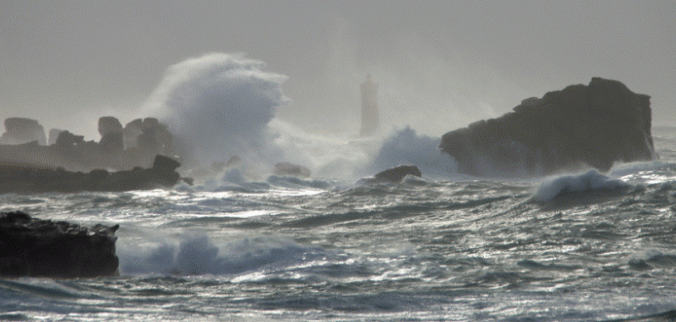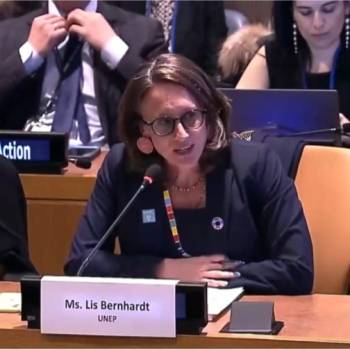
Even with a warming of 1.5 ° C, extreme events will continue to threaten coasts around the world.
The extremely violent climatic events which ravaged the coasts and previously occurred once every hundred years, will be repeated every year by the end of the century. Even if the most ambitious measures on climate change are taken, no coastal region will now be spared.
This is, in essence, what emerges from a recent study published yesterday by Australian researchers in the journal Nature Climate Change . The document builds on the latest report of the Intergovernmental Panel on Climate Change and seeks to estimate what would be the smallest amount of global warming that could trigger a change in the frequency of extreme weather events by 2100. From what moment, what happened only once in a century will happen every year?
The research combined observations from 179 different locations by modeling the climate to assess more than 7,200 locations around the world. About half of the world's coastal areas will experience such extreme events " even under 1.5 degrees of warming, and often well before the turn of the century," according to the newspaper. “We combined different datasets from international research groups ,” said Ebru Kirezci, postdoctoral engineering student at the University of Melbourne and one of the authors of the article. “Governments and policy makers should work more on protection and mitigation scenarios. "For Australia, areas likely to experience the most rapid increase in extreme events Sea level will be east and south, but also in parts of the southwest of Western Australia, Dr Kirezci said. Such events lead to erosion of beaches, inundation of inland areas and other damage. According to the recent IPCC report, global sea level rose on average by about 20 centimeters between 1901 and 2018 as ocean warming increases and more land ice melts in the sea.
The average annual rate accelerated from 1.3 millimeters in the first seven decades of the 20th century to 1.9 millimeters over the next 25 years to 3.7 millimeters between 2006 and 2018, the IPCC said.
The report found that some areas that are currently experiencing insignificant sea level changes, such as the tropics that are not subject to large cyclones and the Mediterranean, will experience a sharp rise in extremes in the near term. . In contrast, some coasts in the northern hemisphere will experience little change, even at 5 degrees of warming.
John Church, a former CSIRO sea level researcher now working at the University of NSW, said the document contained "new and useful information ." Even at 1.5 degrees, the lower end of the Paris Agreement, "we're going to have to adapt," said Dr Church. “It's an important message to get across. "The Dr. Church's previous work has shown that in the 20th century, the risk of extreme events along the west and east coasts of Australia had almost tripled. “I guess since 2000 they have tripled ,” he said.
Dr Kirezci said governments must prepare for the inevitable rise in sea levels by taking into account dikes and other obstacles. Governments should also assess which coastal communities are most at risk and consider relocating them inland, and also study early warning systems to improve safety.
His next job was to examine the probable socio-economic damage to the populations of all countries. Sea level rise varies around the world due to two main processes, Dr Church said. One is a change in the distribution of masses, as in Greenland where the land rises as its strong ice caps melt. Changes in currents, such as the strengthening of the East Australian Current, are also contributing to a variety of rates of sea level rise, he said.
Posted on 2021-09-01 17:11








Comments